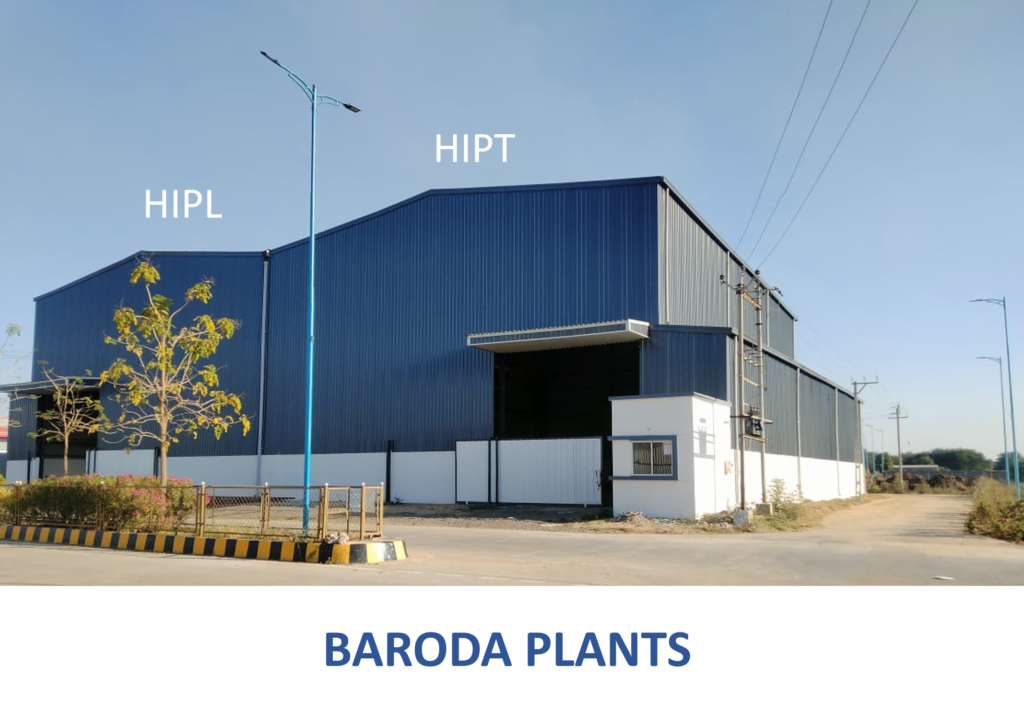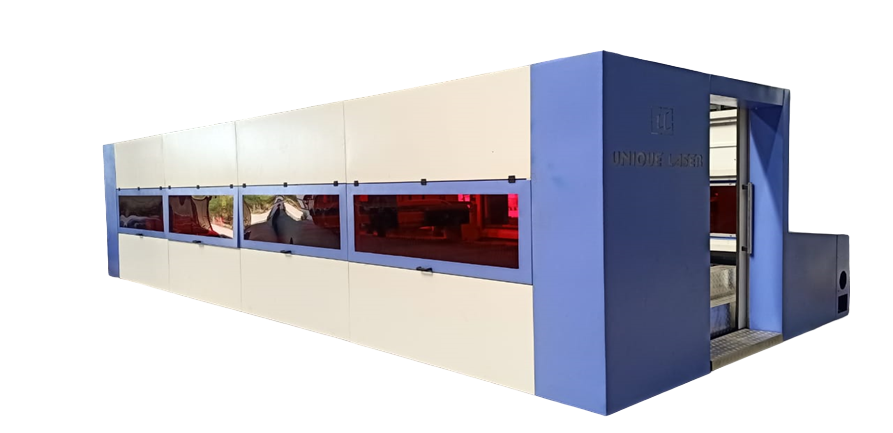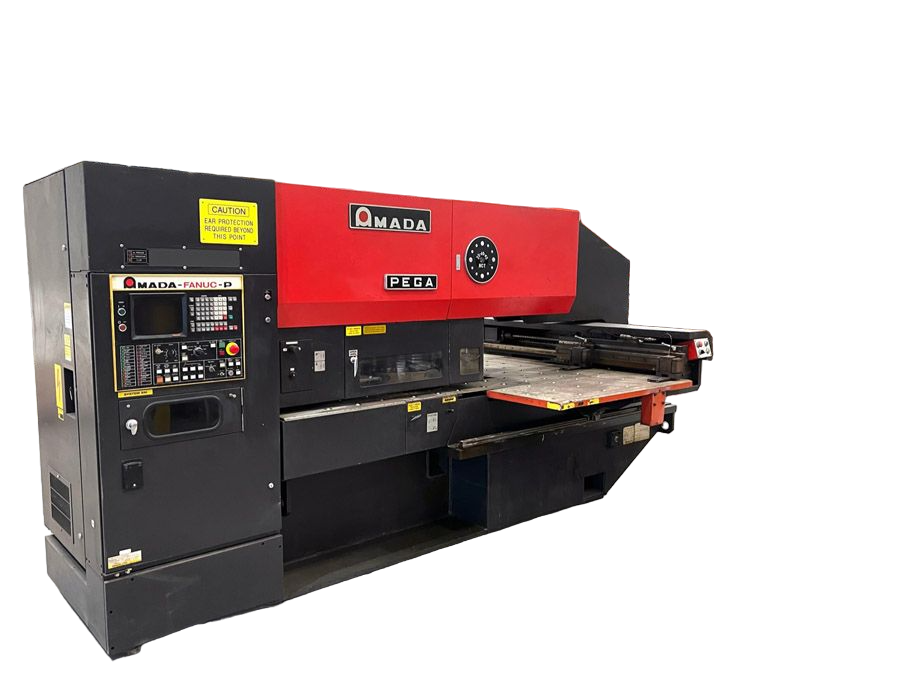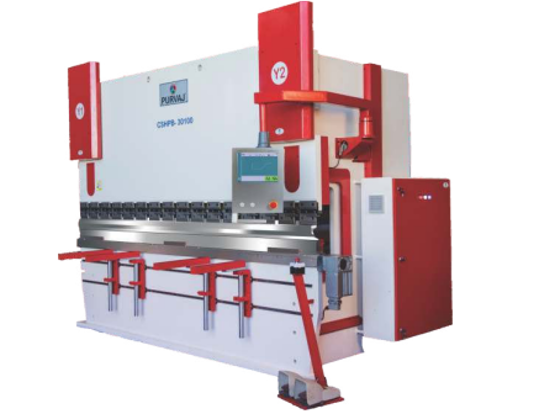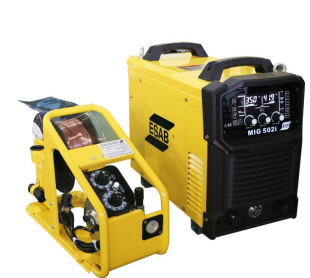Manufacturing
Sheet Metal Fabrication
Sheet metal fabrication is a multifaceted process that involves skilled transformation of flat sheet metal into complex, three-dimensional structures. Through a combination of cutting-edge techniques and precision craftsmanship, sheet metal fabricators shape, form, and assemble metal materials into custom components & assemblies .
Laser Cutting Operation:
Laser Machine
Laser cutting is a precise manufacturing technique that harnesses the intensity of a focused laser beam to slice through various materials with utmost accuracy. The process unfolds in a controlled environment, where:
– X-axis stroke: 6,500 mm
– Y-axis stroke: 2,000 mm
– Z-axis stroke: 210 mm
– Working area: 6,500 mm x 2,000 mm
– X and Y positioning accuracy: ±0.03 mm/m
– Maximum acceleration: 1 G (9.81 m/s^2)
– Rapid speed: 120 m/min
– Maximum thickness for laser cutting:
– Mild steel: 16 mm
– Stainless steel: 12 mm
– Aluminum: 3 mm
– Brass and Copper: 6 mm
Turret Punching Process:
Turret Punching is a versatile metal fabrication process that utilizes a machine equipped with a rotating turret, housing multiple punching tools. This process enables rapid and precise creation of complex shapes and patterns in sheet metal.
Turret Punching offers advantages like:
– High-speed production
– Precision accuracy
– Versatility in tooling and materials
– Reduced material waste
This process is ideal for applications requiring complex metal components in different Industries.
Press Brake Operation:
The press brake is a precision metal forming machine that leverages hydraulic power to deliver accurate and repeatable bending results. With a robust capacity of 160 metric tons, it effortlessly handles demanding projects.
– Capacity: 160 metric tons
– Bending capacity:
– Material: Mild Steel (M.S.)
– Thickness: 6 mm
– Length: 3,000 mm
– Ram strokes: 200 mm
– Speeds:
– Approach speed: 130 mm/second
– Pressing speed: 8.5 mm/second
– Return speed: 110 mm/second
– Tooling:
– Punch and die: 2 V die and standard punch
MAG Welding Operation
MAG welding is a high-efficiency arc welding process that utilizes a continuous wire electrode and a specially blended active gas shield to produce strong, high-quality welds. This versatile technique is widely employed in various industries, including automotive, construction, and manufacturing, for joining a range of metals, such as steel & stainless steel.
Key benefits of MAG welding include:
– Enhanced productivity through rapid deposition rates
– Excellent weld penetration and consistency
– Adaptability for welding thin to thick materials
– Moderate operator skill requirement
MIG Welding Operation:
MIG welding is a highly efficient, semi-automatic process that joins metals through a continuous wire electrode and inert gas shield. This versatile technique produces high-quality, precision welds with minimal operator intervention.
Key characteristics of MIG welding include:
– High-speed deposition rates
– Exceptional weld consistency and penetration
– Adaptability for thin to thick materials
– Wide range of compatible metals, including steel, aluminum & stainless steel
– Moderate operator skill level

